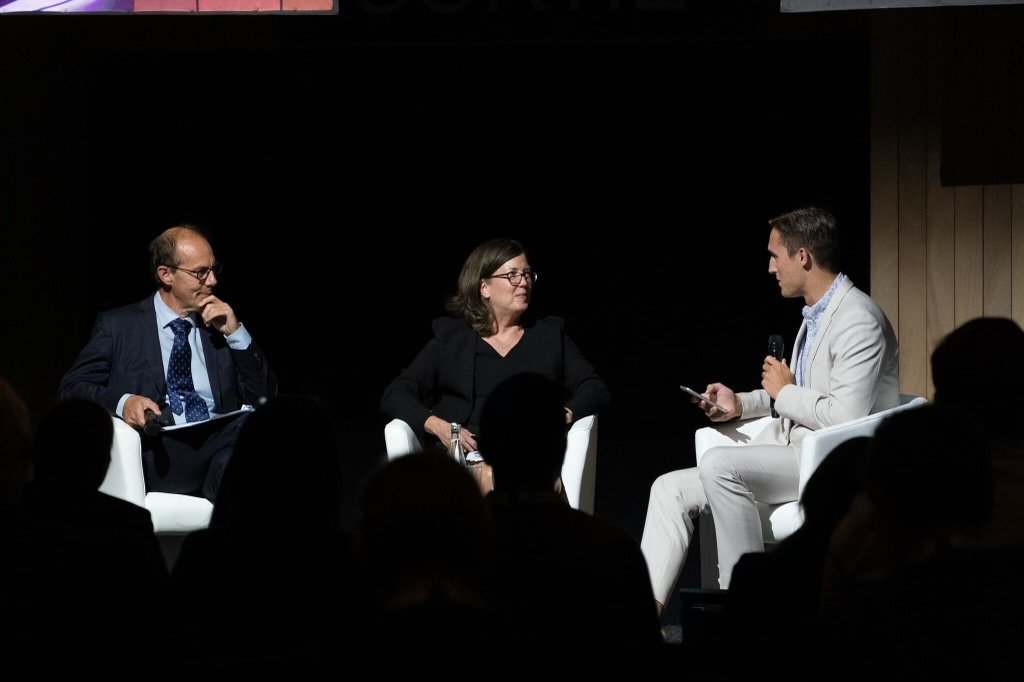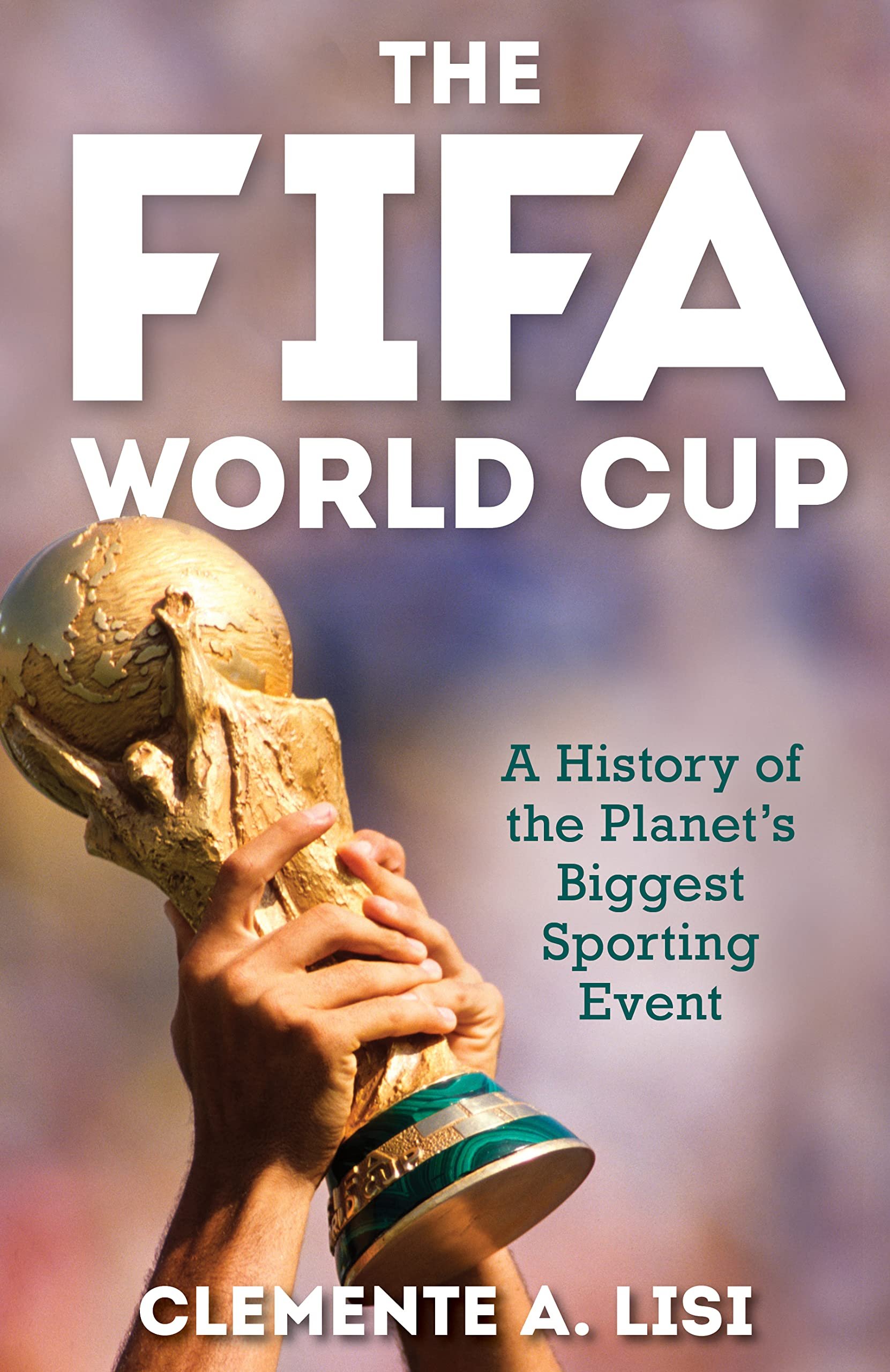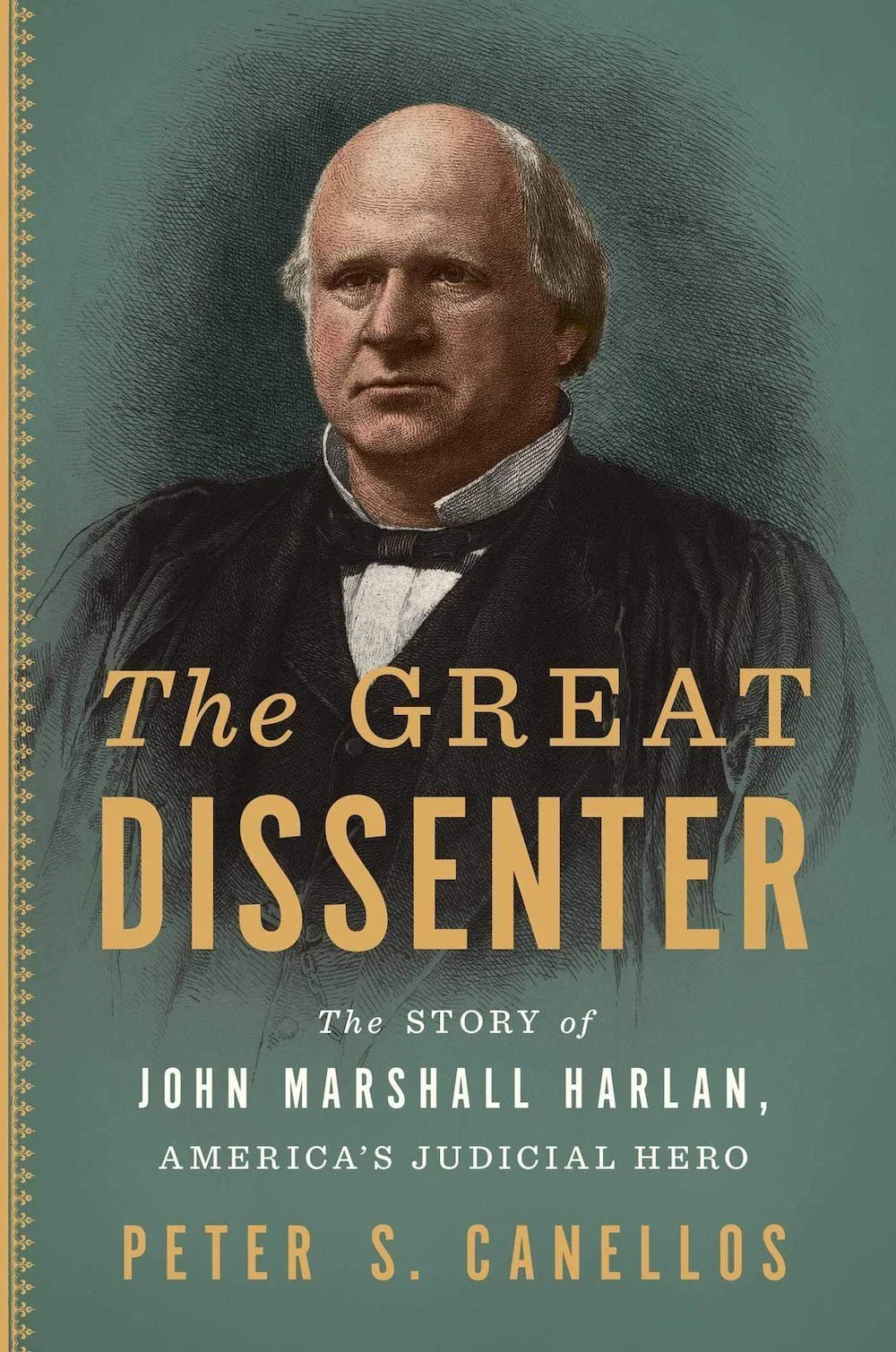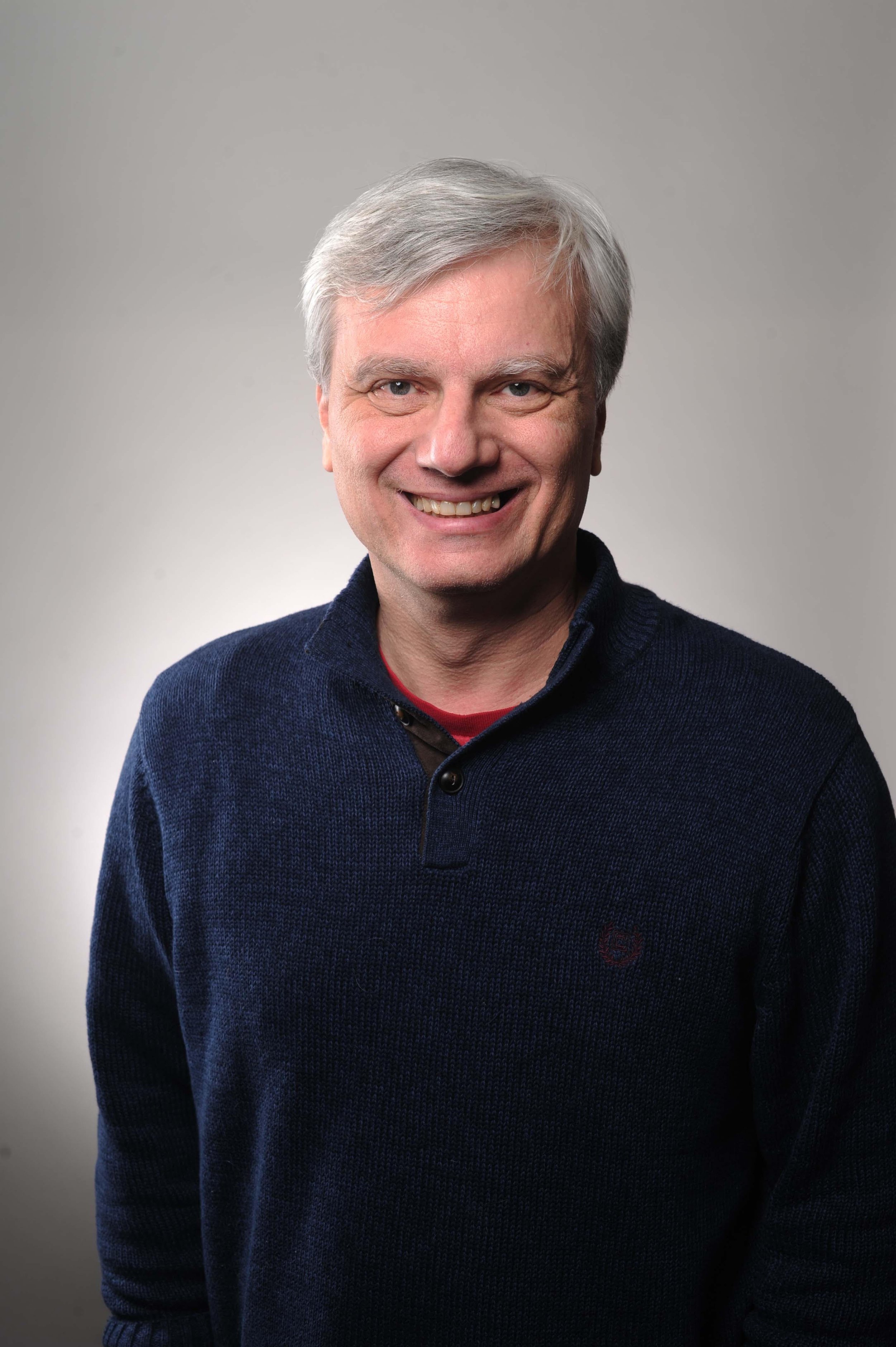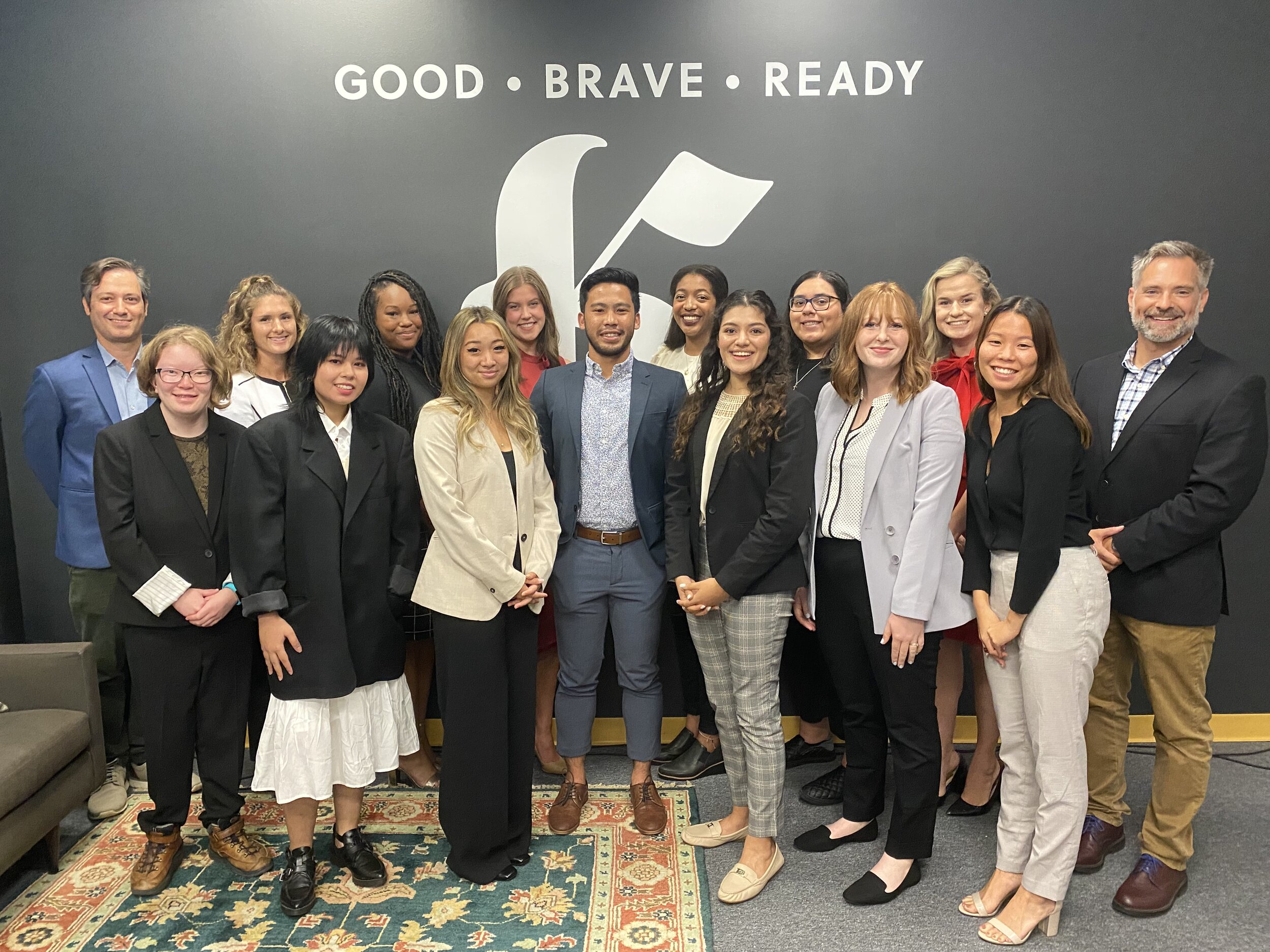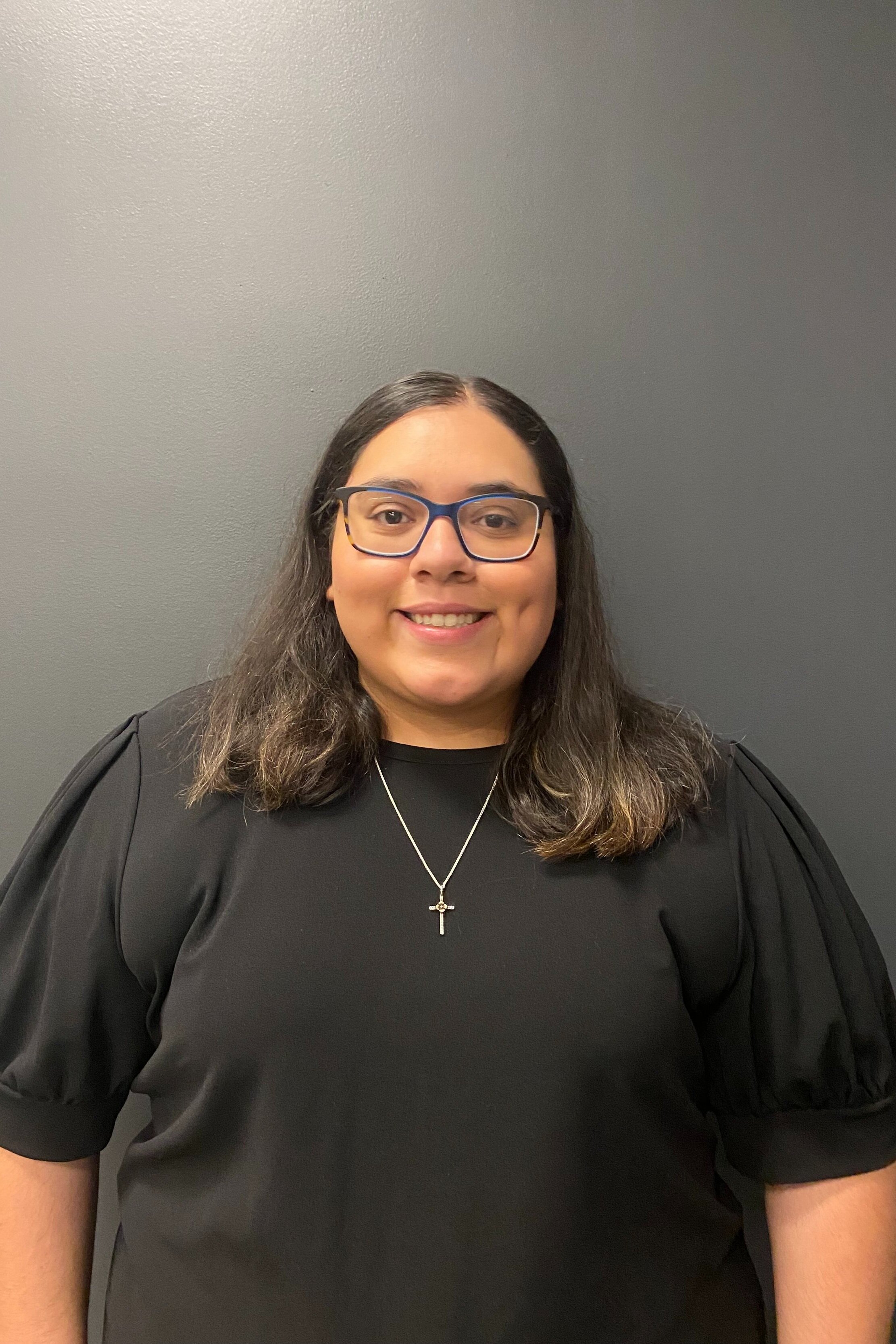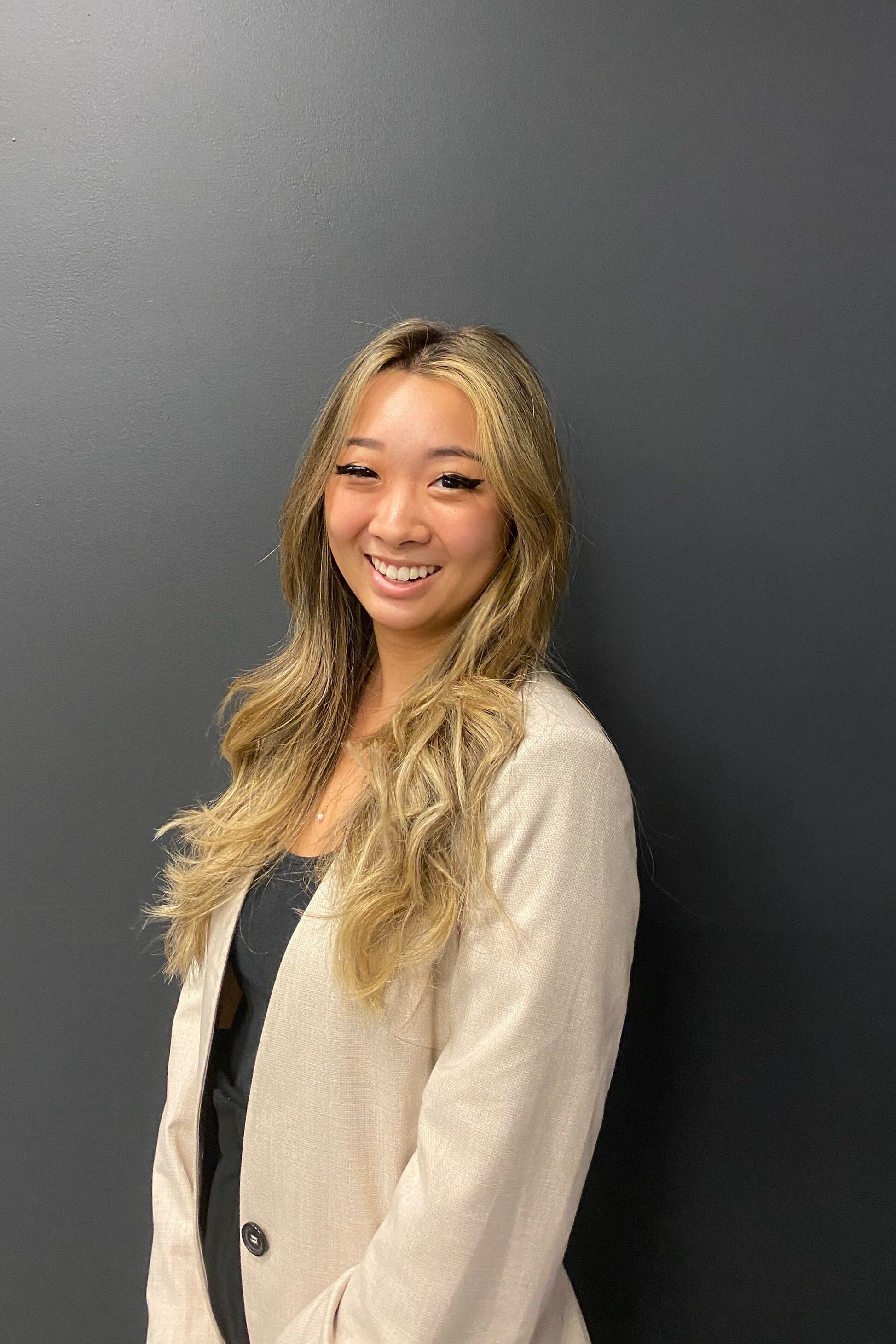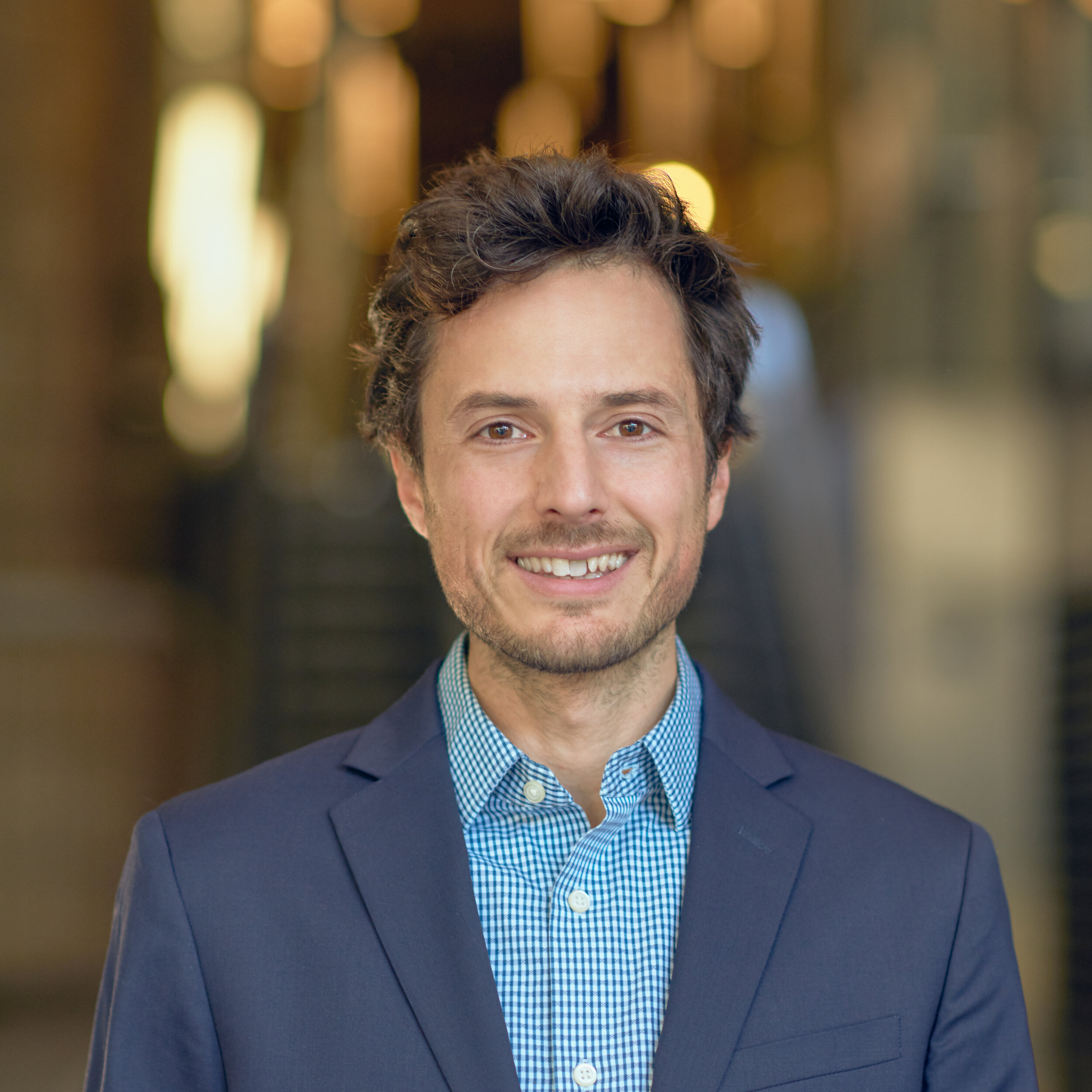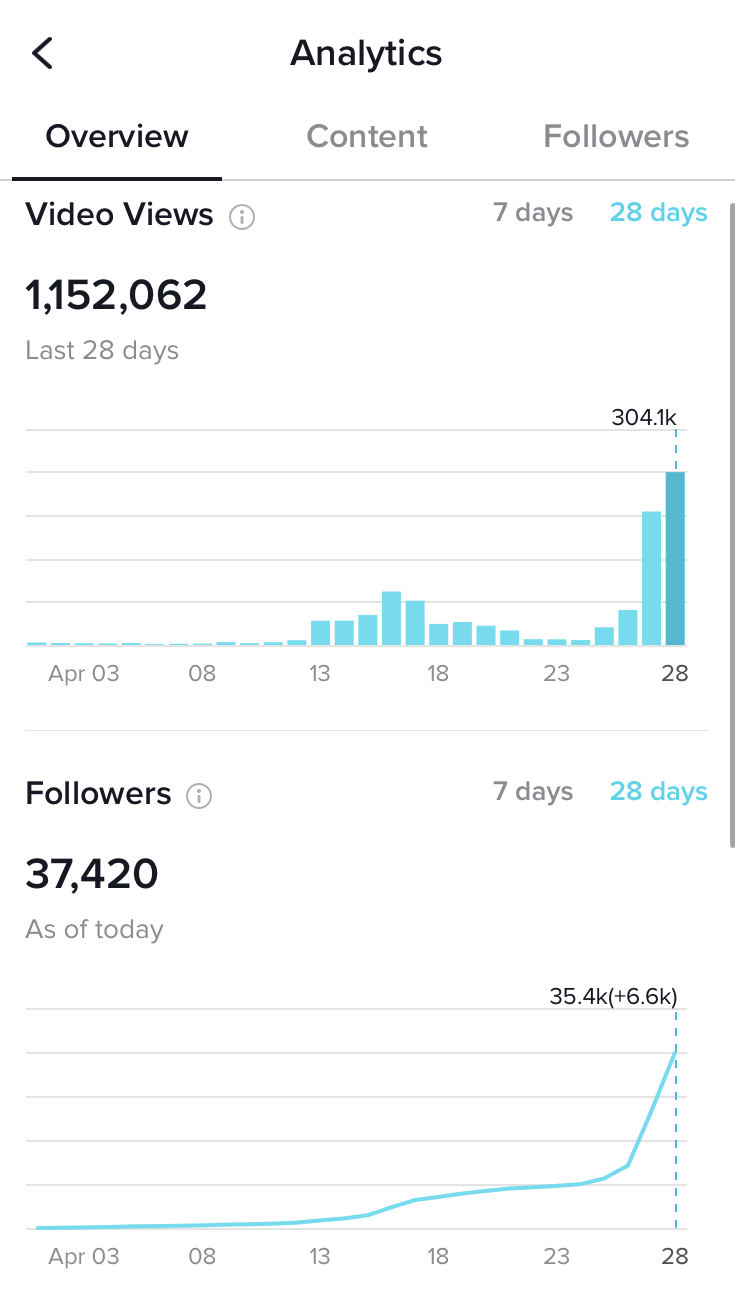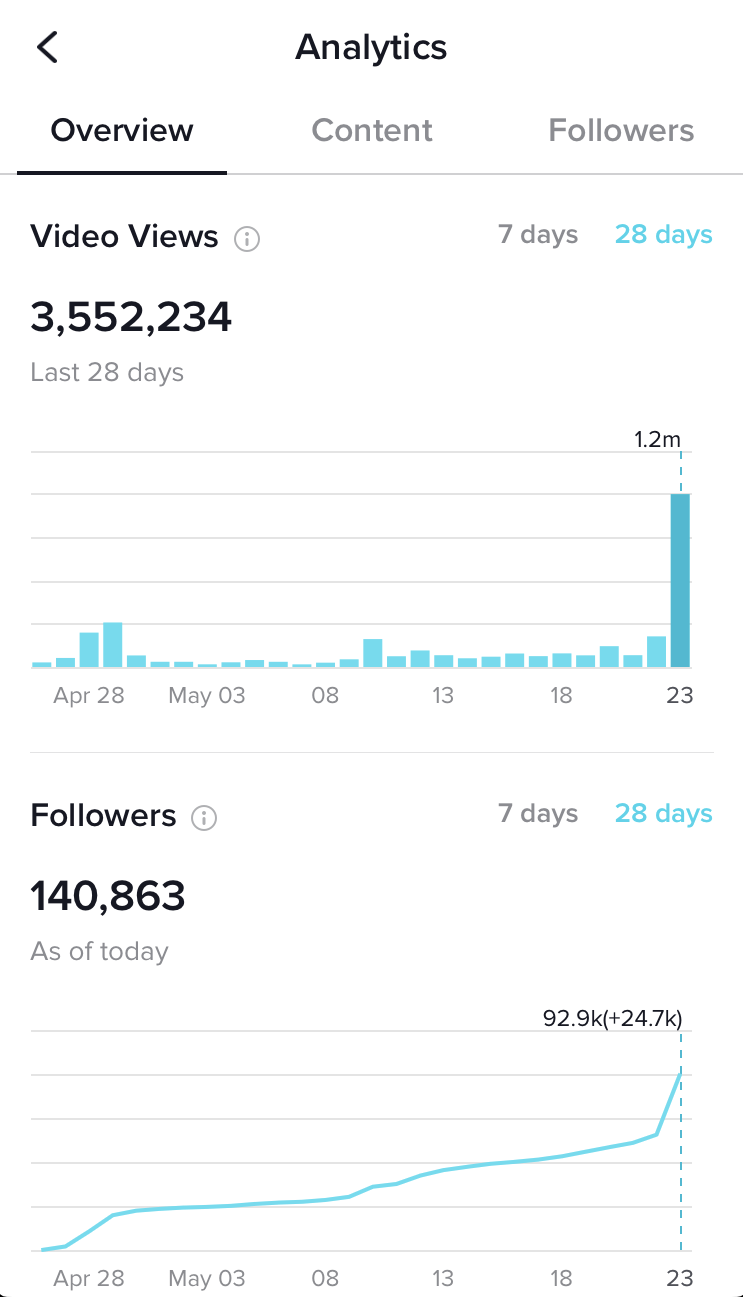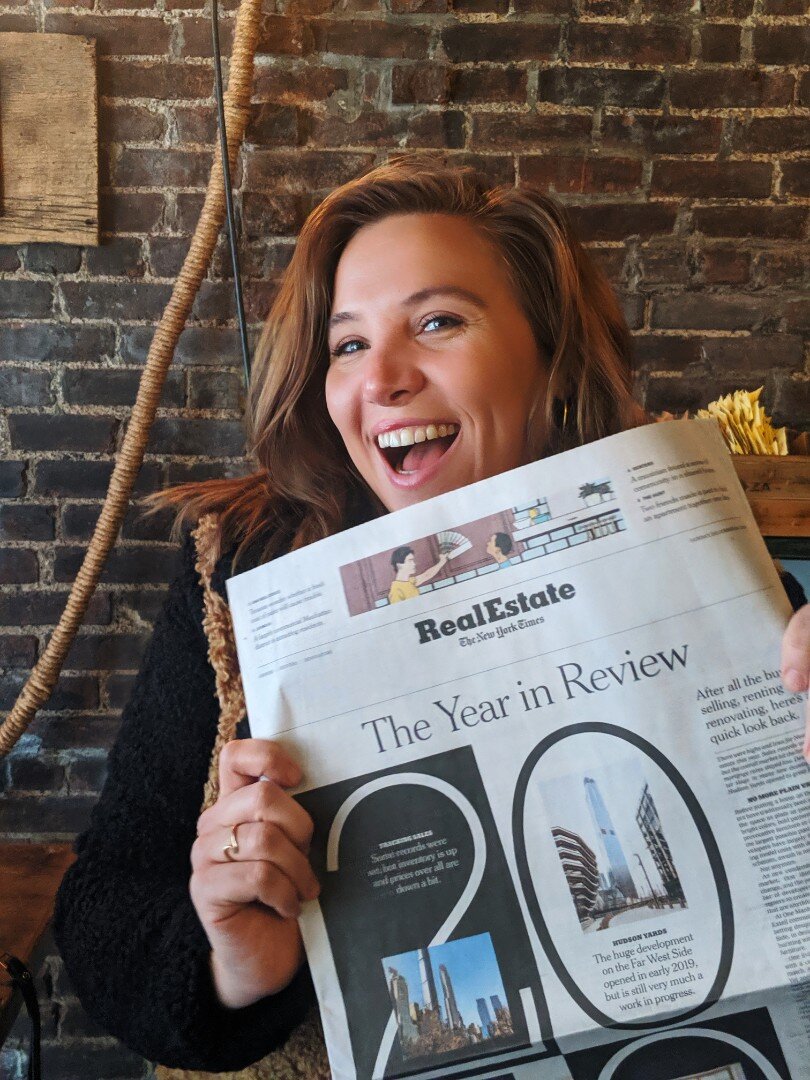The King’s College announced that it will not hold classes for the Fall 2023 semester and is pausing operations until further notice as of Monday, July 17.
As a result of ongoing financial turmoil and having its accreditation revoked, the college decided to temporarily close while in search of a “strategic alliance.” The college began publicly looking for a partner in Jan. 2023, and ended its former partnership with Primacorp in April.
“The Board of Trustees has determined King's will not be offering classes for the fall 2023 semester,” the email read. “We emphasize that this is not a decision to close The King's College permanently. The Board of Trustees and senior administration will continue to navigate the College's next steps and contend for King's future over the coming months.”
“The decision to not hold classes this fall was very difficult, but with so many changes taking place it was also necessary,” Dr. Henry Bleattler, the new interim provost, said of the announcement. “We want only to offer the best education we can. By taking a break from classes the administration and board can focus on finding a long-term path forward, which has always been the goal.”
One of the potential partners from earlier this year, Alliance University (formerly Nyack College), also announced its closure after losing its accreditation. As a result of Alliance and King’s closures, there are currently no Protestant/evangelical Christian colleges operating in New York City.
College closures run rampant across America, especially among religious colleges. Christianity Today reported that at least 18 Christian colleges have closed since 2020.
Several scholars and King’s faculty lamented the lack of Christian higher education in New York.
“There are now zero Protestant Christian colleges in New York City… The missional/church planting movement never believed in us,” Dr. Anthony Bradley said in a tweet on June 30. He continued in a thread, “It's not the money, it’s enrollment. Christian families, led by their pastors, no longer value Christian higher education because it’s not a church.”
The King’s College has been open since 1938, Alliance University has been open since 1882 and Concordia College was open from 1881-2021. Despite the history of these colleges, they each struggled to meet the enrollment and fundraising quotas necessary to tackle the high cost of functioning in New York City, especially post-pandemic.
“Our brand is what sets us apart: our focus on excellence in and out of the classroom, a Christian classical liberal arts curriculum rooted in Politics, Philosophy and Economics and our New York City setting,” Bleattler said. “Our brand is really like that of no other Christian college. That is what our resilience is rooted in — and if we survive, it will be because of that. And the will of God, of course.”
King’s reportedly intended to appeal the Middle States Commission on Higher Education’s decision, which would prohibit the college from accepting or recruiting any new students until the institute regains an accredited status according to section II.P of the Appeals from Adverse Actions Procedures. The appeal process allows the college to present “new intervening financial information only once” and the outcome of the appeal process “is final and binding on the institution.”
MSCHE announced on July 27 that it “will consider the institution closed and no longer operational” and “this institutional closure terminates The King's College's appeal.” MSCHE requires that the college provide a substantive change request for closure by Aug. 11, and the commission will determine the final status of the college’s accreditation after that request is processed.
The board informed faculty and staff of the decision to cease operations in a meeting on Monday, July 17, a few hours before the email was sent out. Many faculty found other jobs in anticipation for the school’s closure, some made temporary plans and a few waited on King’s final answer.
“In this last, tough semester, I added a couple more roles, including development director (had the privilege of helping to raise $1.2M in 12 weeks from our generous parents, alumni, faculty, staff, and friends), and most recently, interim provost,” Dr. Kimberly Reeve said on LinkedIn. “It's sad to be ending with uncertainty over our future, but I know the legacy of King's lives on in each student, faculty and staff member, alum, and parent.”
Reeve spearheaded a significant amount of the college’s financial planning and communication, largely via emails and Community Updates, throughout the Spring 2023 semester. Reeve also recently announced she will be dean of the business program at St. Peter’s University in Jersey City, N.J.
Some faculty continue to work for King’s in various capacities with the hope of saving the college.
“I love The King’s College and aim to do everything I can to help the college succeed,” Bleattler said. “Working here has been my life’s calling. When I retire, I want to do so knowing I gave The King’s College everything I had. I can tell you that the board is working overtime to implement a long-term solution. I know this sounds like a broken record, as we’ve been hearing this for the last six months, but they really are working diligently to save the college.”
Around 40 dedicated students remained committed to The King’s College in June, prior to the college’s hiatus announcement. The college assured students and their families that it will provide academic and financial aid advising resources for those students as they plan their fall semester.
“Transferring wasn’t something I wanted to do; it complicates all of my plans for my senior year and is a major upset. I’m not happy that I have to transfer but I can’t wait around for King’s to open again to get my degree,” said Aidan Kurth, who transferred to Fordham University. He noted that he made transfer plans in May, though he waited until after King’s announcement to officially commit to Fordham.
King’s organized a teach-out program in anticipation for the potential closure, and many of those options are still available to King’s students.
“I kind of expected it at this point because of the way things were going. Obviously, the college is supposed to have high hopes, but it would have been nice to hear about it sooner,” said Steven Nasar, a sophomore transferring to Touro University. “They did try to help us out with the transfer fair… I tried to transfer to Fordham, but the Fordham [school] they were transferring us to as an option was only a night school so I didn't end up using that. So they did help us, but to which schools they were helping us was a different story. You don’t really get exactly what you want, in that case.”
Nasar resorted to his own resources when deciding on a school to transfer to rather than utilizing King’s resources, but he noted that many of his peers benefited from the teach-out plan.
“I started applying to other schools right around spring break because at that point everyone was sure King’s was closing,” said Matthew Peterson, a sophomore transferring to Baruch College in New York. “I didn’t take any further steps after the applications had gone in until probably May because at the end there it seemed like there was some miraculous chance that King’s was going to make it.
Once King’s announced its decision to pause operations, students like Peterson started moving forward with their backup plans.
“I moved forward with Baruch, where it appeared that I could get a decent education without breaking my back financially,” Peterson said. “I hadn’t fully let go of going to King’s, however, until they sent the final email saying they were closed this year.”
Some first-semester seniors participated in an accelerated degree-earning option over the summer, which ends on July 28 and remains unaffected by both the revoked accreditation and the college’s closure. These students also participated in the May 6 graduation ceremony.
Other seniors transferred, which in many cases means that they will lose some credits in the process. Most of the colleges in King’s teach-out program accept up to 60 transfer credits, with a few such as St. John’s University and Fordham University’s School of Professional and Continuing Studies accepting up to 90 credits. Some students noted that the schools they transferred to were flexible with the transfer credit policy because of the students’ situation.
“Since the end of last semester, I planned for and acted toward Fordham as my backup,” said Alice Milchik, a senior transferring to Fordham University. “I am so sad I probably won’t see all these people together again, and that I won’t ever experience a King’s graduation or certain classes or leadership roles that I was looking forward to. As for my new campus, I’m there for one year and plan to just graduate with good grades rather than involve myself as much as I did with King’s.”
Many students anticipated filling leadership roles in student organizations at King’s, and now must reevaluate their approach to campus involvement in a new environment.
“Since the initial announcement of financial struggles in January, I've been looking into options to transfer. The more they pushed back a statement, the less hopeful I was about returning in the fall,” said Shayley Burroughs, who was voted Student Body President for 2023-24. “The last few months have also been disheartening. The people of King’s are unlike any other, and it’s sad to think I won’t see most of them again. I plan to be as involved as possible in my next college community, but with only a year and a half left I’m not sure I’ll be able to be as involved as I was at King’s, which is also disappointing.”
The Student Development team plans to preserve the House system by putting house artifacts in storage. “If and when King’s can reopen, these will be a vital part of continuing the legacy of King’s and building on the foundation of what has come before,” former Director of Student Development Joey Willis said in an email to house executive teams. Willis requested that each House nominate a “Custodian” who will keep some “essential house artifacts” and serve as “a point of contact for the newly placed House members at King’s should [it] restart” and “meet with the King’s 3.0 students to pass on traditions.”
There are still a few Catholic or conservative colleges in the New York City area, as well as many colleges with a liberal arts curriculum. King’s emphasized that it is not permanently closing, and there are still faculty and alumni working to revive the college. Despite this intention MSCHE is treating the college as closed, and many students expressed that their only option is to move on from King’s.
“To be honest, I feel very little emotion about the whole thing now,” said Peterson. “And I loved King’s. The most frustrating thing to me has been the inability to move forward because, for King’s, there was always a carrot dangled in front of us that maybe they were going to make it. In a community of idealists, few were willing to let it die without trying everything humanly possible — probably to their own detriment.”
This story was originally published at The Empire State Tribune.





